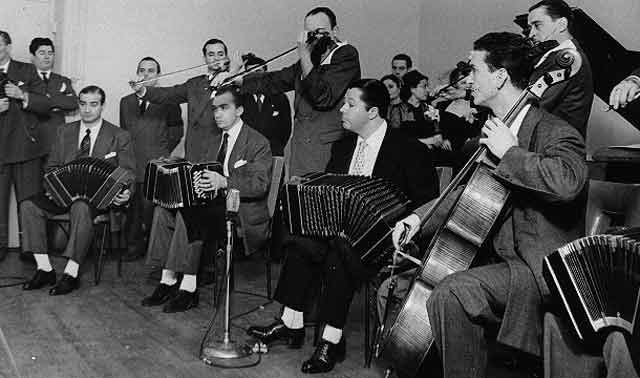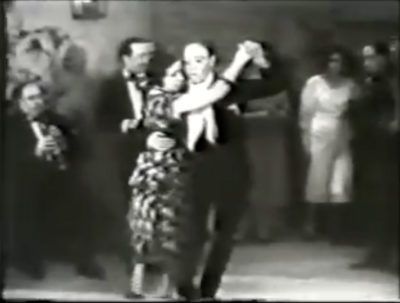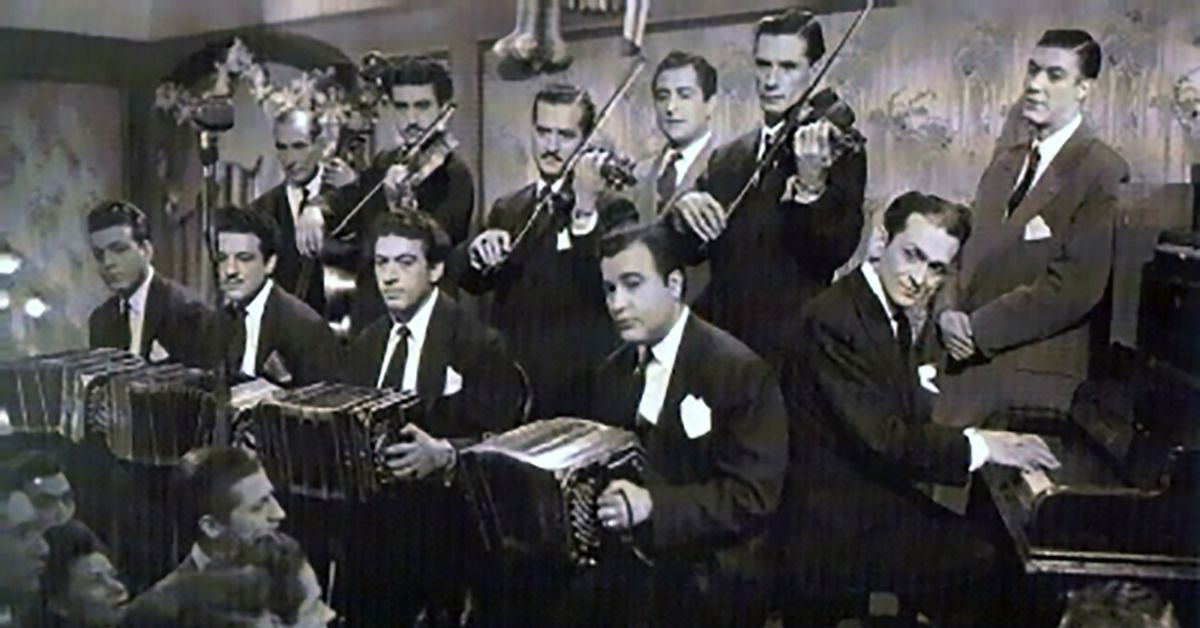Mastering the Art of Argentine Tango: A Roadmap to Dance Excellence

Regular practice incorporating walking, weight changes, pauses, pivots, turns, “paradas” (stops), “calecitas” (merry-go-rounds), and embellishments serves as the cornerstone of your dancing freedom.
The best part? You can enhance these crucial elements without a partner by your side.
But that’s not all. Argentine Tango demands solo dedication in various aspects.
Musicality, for instance, plays a pivotal role in your tango journey.
To hone your musicality, immerse yourself in active listening to Tango music, delving into the intricacies of what you hear.
This newfound understanding will elevate your dancing to new heights.
1- Enhance Your Walking Skills:
Unlock the Potential in Your Walking Technique Initiate your practice sessions focusing on walking.
Explore four different walking speeds: regular, fast, slow, and very slow.
Begin by mastering the slow pace, allocating 4 counts for each step.
Next, dedicate time to practicing at a regular pace, aligning your steps with each downbeat of the music.
To work on fast-walking skills, engage in what’s commonly referred to as the “corrida.”
This involves walking to a rapid rhythm following a quick-quick-slow pattern or a down-up-down sequence.
Tango invites you to transform your walk – and, by extension, your entire life – into a masterpiece of artistry.
2- Change Of Weight:
A ‘change of weight’ is essentially a nuanced form of walking. It takes place in one spot without any physical displacement.
When you begin your dance, consider incorporating at least one change of weight to infuse elegance into your movements. However, avoid excessive changes, as moderation is key.
Here, you’ll discover a selection of exercises aimed at refining and enhancing your ability to execute seamless changes of weight:
Approach these changes with a composed demeanor. When dancing with your partner, your execution of this element should convey a soothing and serene presence to them.
3- Pauses:
Pauses rank among the paramount components of Tango.
While honing your techniques, actively seek instances where you can incorporate pauses.
For instance, consider incorporating a pause during a salida to the side, also known as a “salida in 2,” as a prime example.
You can make a pause in position 3:
After change of direction:
4- Pivots:
To refine your pivot technique, you can commence with bar exercises.
In the absence of a bar, utilize a chair, preferably one with a high backrest, to assist in practicing forward and backward ochos. Place your hands on the back of the chair for support.
Afterward, push your limits by practicing ochos without relying on the bar or chair for support.
Work on forward and backward ochos with both displacements and without any displacement during your practice sessions.
5- Mastering the Art of Tango Turns: A Guide to Five Essential Techniques
One of the most effective methods for enhancing your turning abilities in Argentine Tango is through chair exercises. These exercises provide an excellent platform for refining your technique and balance, making them valuable to your practice routine. Incorporating chair exercises into your training regimen can significantly improve your turns and elevate your overall dance performance.
Chair exercises offer a controlled environment where you can focus on the precise mechanics of turning. They allow you to work on your posture, balance, and footwork, which is essential for executing smooth and graceful turns in Tango. The support provided by the chair also ensures that you can practice safely and confidently, gradually building your skills.
Find a sturdy chair with a high backrest to get started with chair exercises for turns. Position it in an open space with ample room to move around. Here are some essential exercises you can incorporate:
And exercises involving the 1-2-3 structure of the turns:
Ensure that you practice all exercises in both clockwise and counterclockwise turning directions.
Engage in chair exercises but without the use of an actual chair.
Another element frequently incorporated into turns is the “rulo.”
And “enrosques” movements:
6- Exploring the Technique of “Paradas” (stops):
Developing control over both your own inertia and your partner’s is a crucial skill in Argentine Tango.
A valuable practice method is to challenge yourself to halt your movement at any point within the first five elements previously mentioned.
A classic illustration of stops is the “sanguchito” or “mordida” move:
7- Unlocking the Elegance of the “Calecita” in Argentine Tango
In this element, the follower must align her axis over one of her feet, enabling the leader to maintain a continuous pivot in one direction.
See an example:
8- Elevating Your Tango with Exquisite Embellishments:
A solid foundation in your dance forms the basis for its beauty.
Think of embellishments as a natural expression of your well-honed technique rather than mere add-ons or flashy movements.
It’s crucial to understand that no matter how many embellishments you incorporate into your dance, if your foundational walk is lacking, it will detract from the overall appeal.
Embellishments should seamlessly emerge from the groundwork you’ve laid in your dance practice. They are not isolated tricks but rather an integral part of your dance vocabulary, enhancing the elegance and expression of your movements. So, focus on building a strong foundation first, and let embellishments naturally enrich your dance as an organic extension of your skills.
Here are a few instances of embellishments, starting with “Cepillo” (brush):
“Rulos” (circles):
“Cross and go”:
9- The Art of Musicality:
Elevating your musicality involves actively immersing yourself in the world of Argentine Tango music.
Important Considerations to Keep in Mind:
Embrace regular and mindful practice.
Ensure it fills you with joy. By prioritizing your own enjoyment during practice, you cultivate generosity in sharing this joy with your dance partners and fellow dancers on the milonga and class floors.
Furthermore:
Dancing shouldn’t be daunting – It’s a journey of joy, creativity, and self-discovery.
Dancing is your time for amusement, self-expression, and relaxation, a chance to socialize and unwind in a friendly environment. To dance with a sense of freedom and confidence, you’ll need to embrace a challenge greater than Tango itself – the journey of classes and practice sessions.
Moreover:
Prioritize self-care for peak performance in your dancing.
-
- Incorporate stretching and regular exercise into your routine.
- Cultivate healthy eating habits and ensure adequate sleep for enhanced dance performance.
To Summarize:
Dancing Argentine Tango offers a path to not only organize your life but also to empower yourself and discover meaningful life goals.
Ultimately, it’s a journey towards making life more beautiful.
Continue learning Argentine Tango:
Leave your comment
This site uses Akismet to reduce spam. Learn how your comment data is processed.
Latest Spotify playlist:








